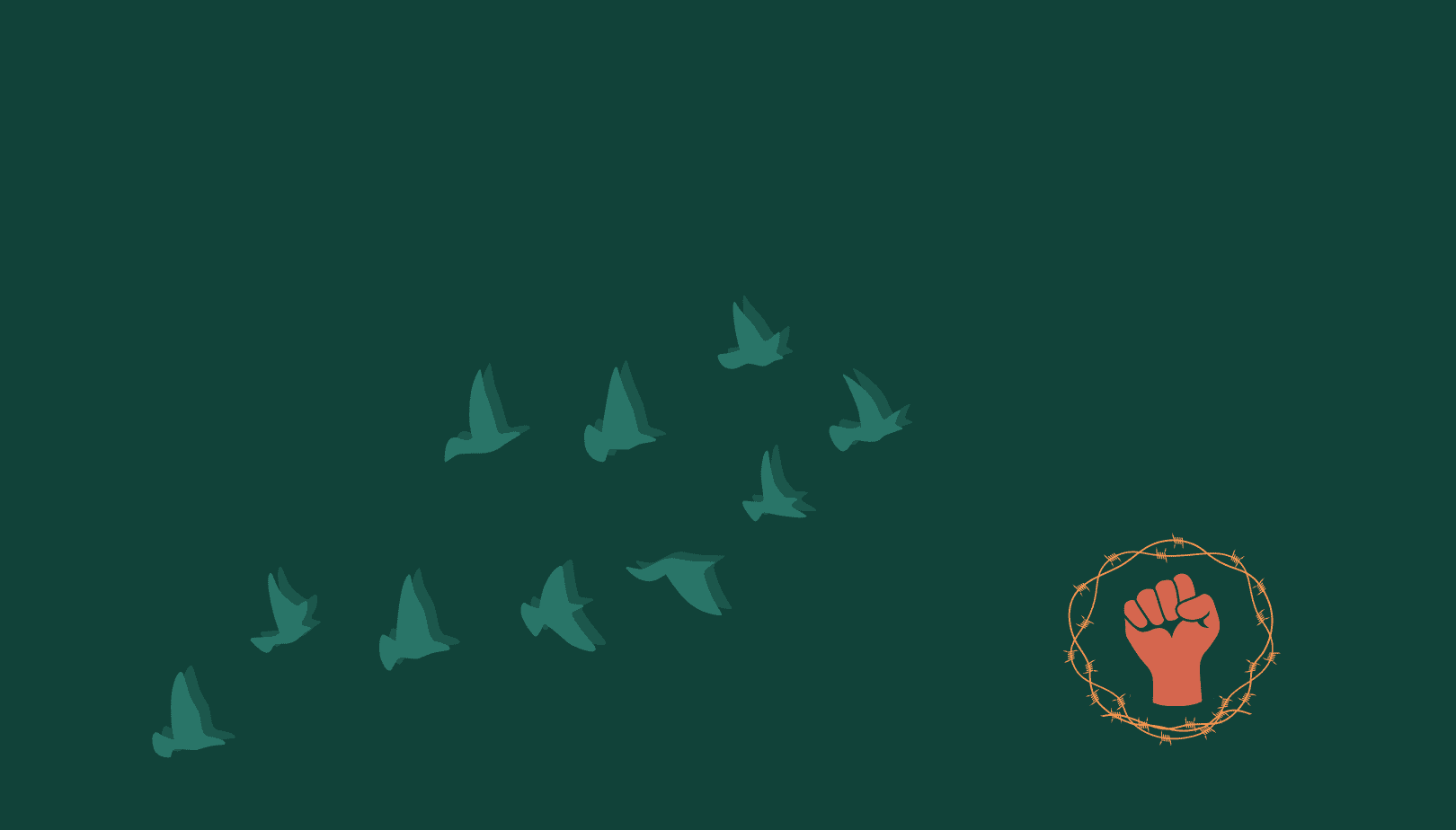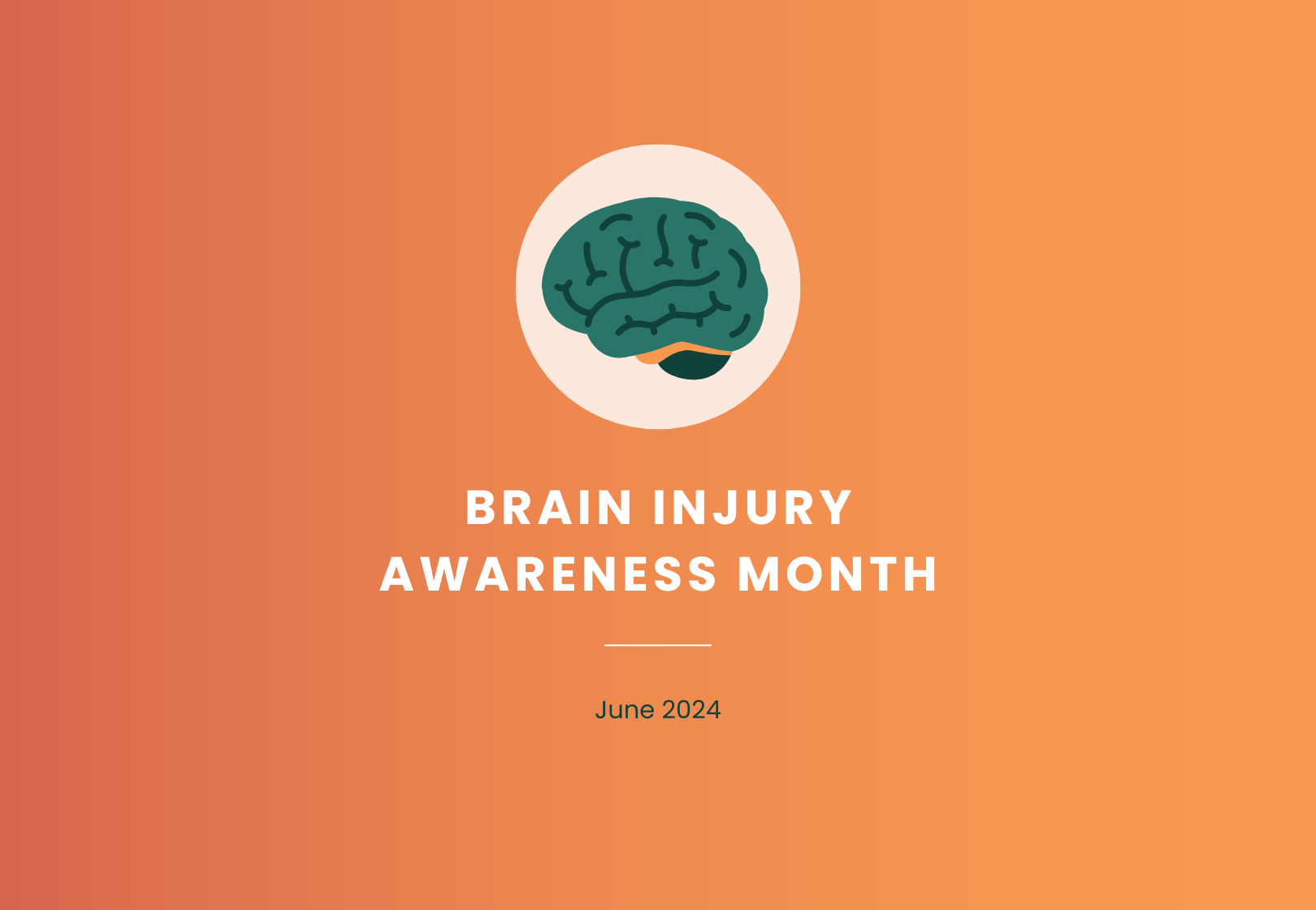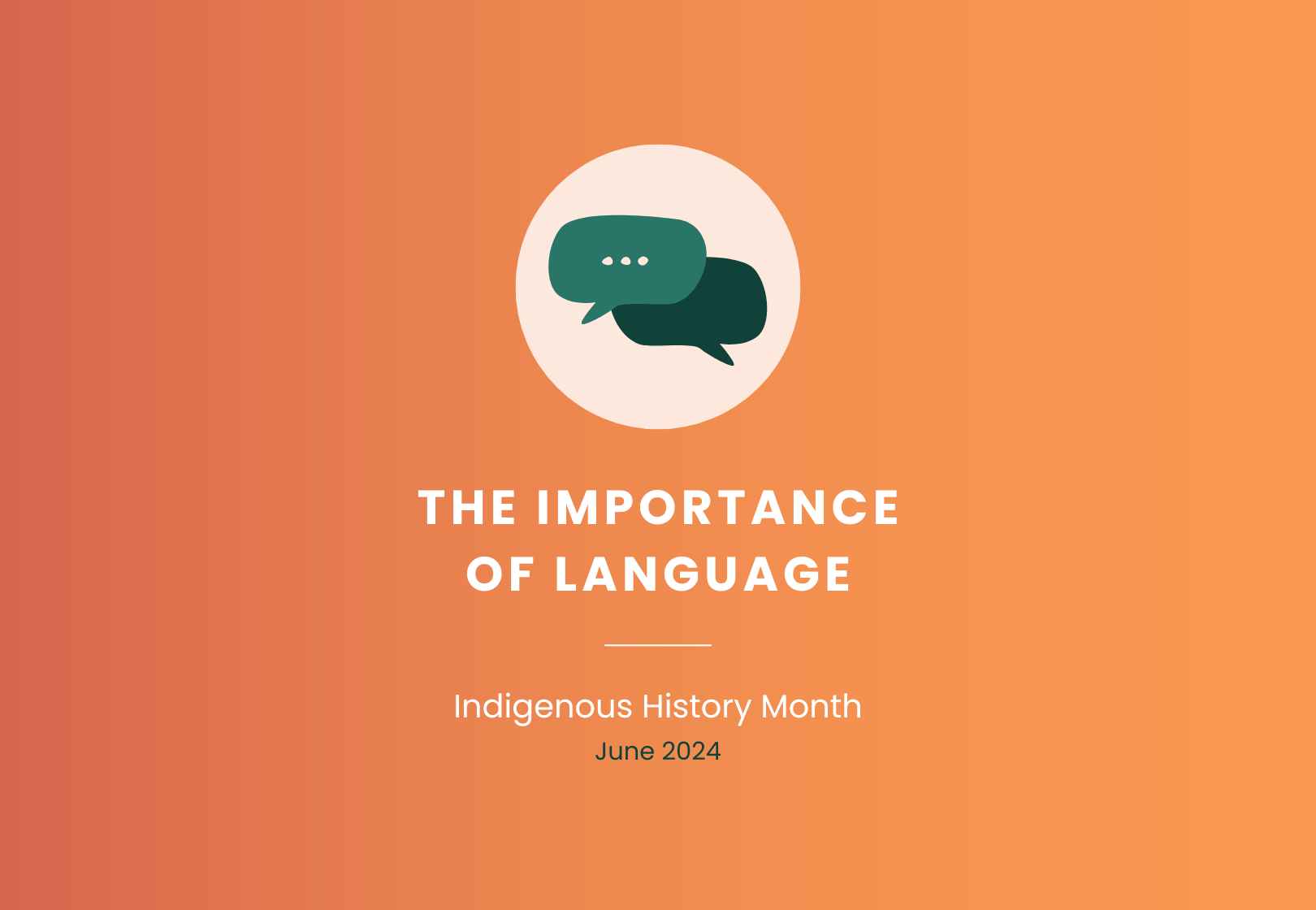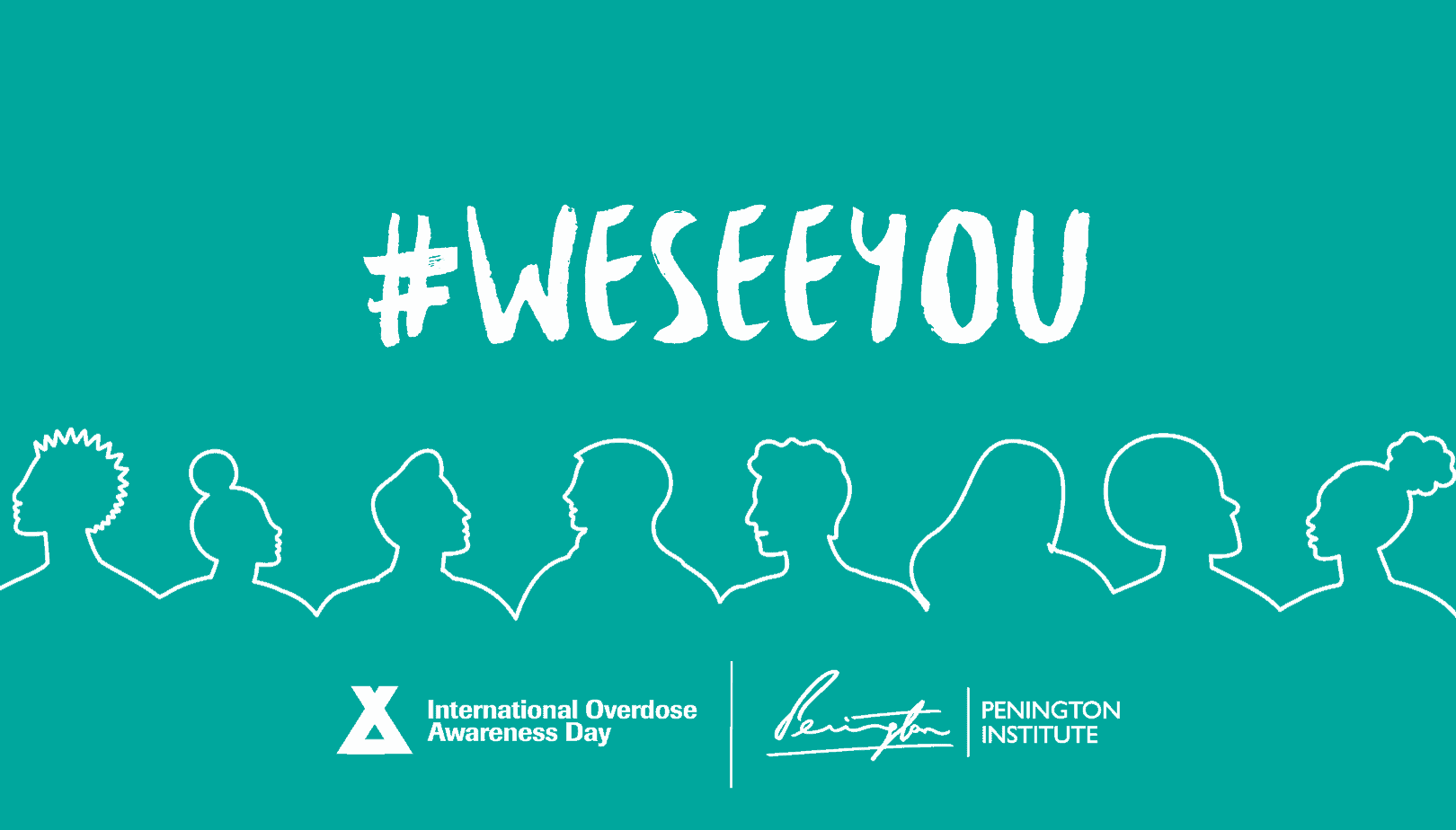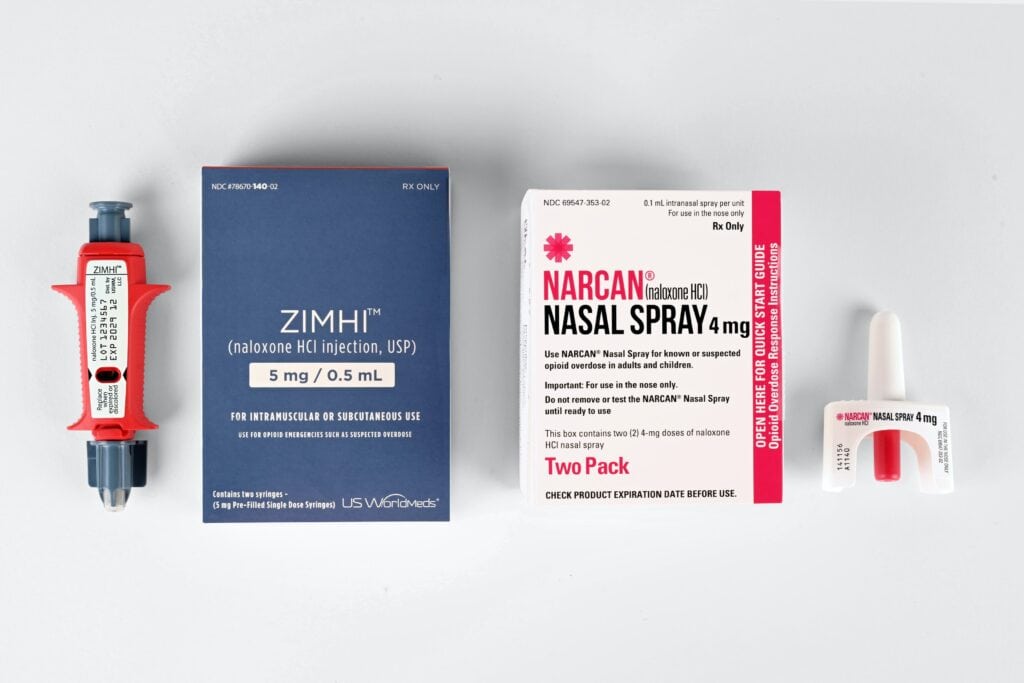International Overdose Awareness Day 2024
August 31 is International Overdose Awareness Day, the world's largest campaign to end overdose.
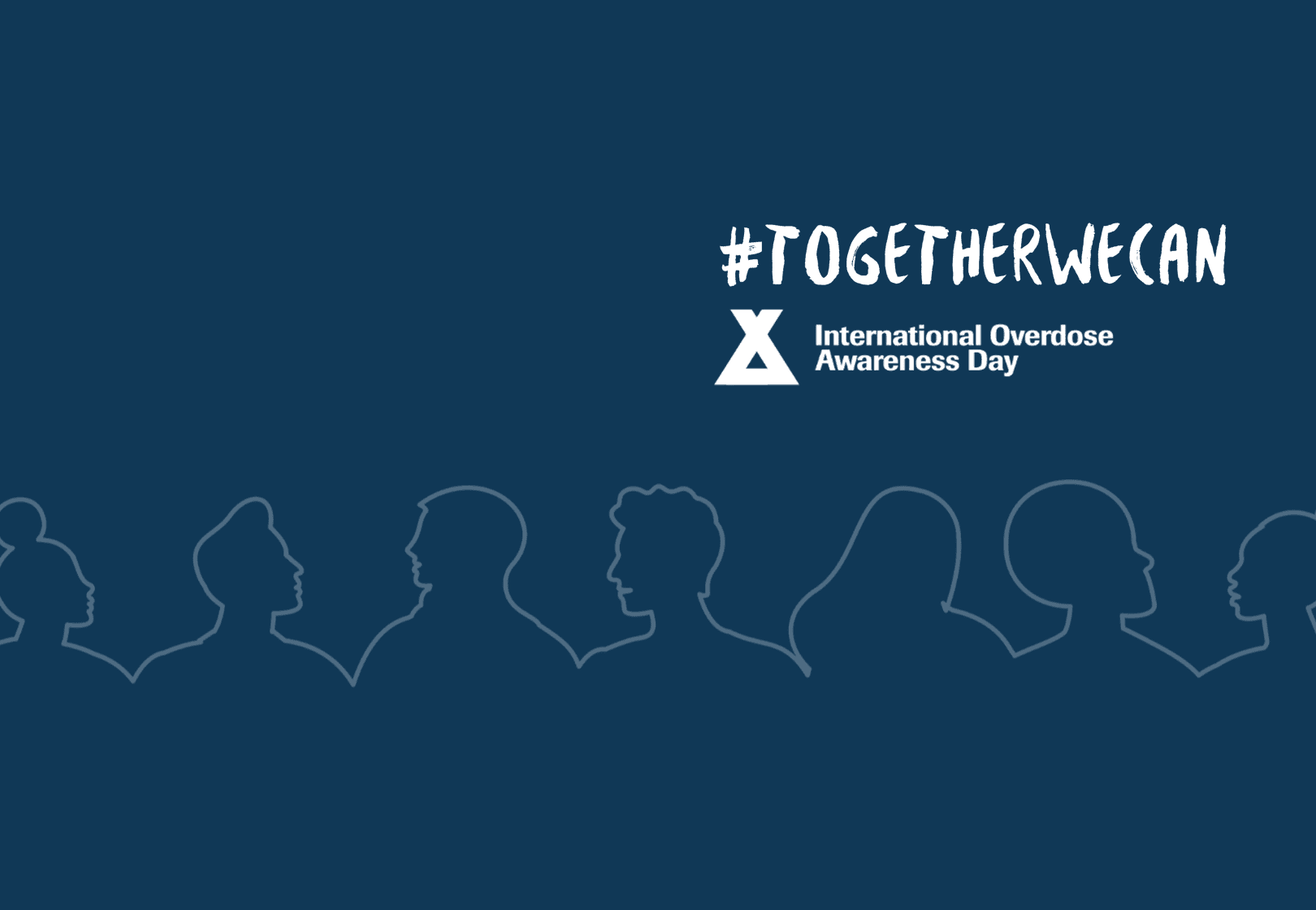
Every year, when August draws to a close, communities around the world join together in recognition of International Overdose Awareness Day (IOAD).
IOAD is a day for solidarity, reflection, and intentionality. It’s a day to remember those who have died, honour the grief of those left behind, and renew efforts to raise awareness, reduce stigma, and break down the barriers to accessing support.
For Connective staff, and the staff of countless other social service nonprofits who work on the frontlines of the ongoing toxic drug crisis, it’s a day that hits close to home. Each and every life lost from drug poisoning is one too many, and far too often in recent years we have felt the loss of those near and dear.
It has been eight long years since April of 2016, when a sharp increase in deaths and the introduction of fentanyl into the drug supply caused the overdose crisis to be declared a public health emergency in BC.
While this step was only taken more recently by the Health and Social Services Minister in the Yukon, where the crisis was slower to escalate, its impacts have been no less destructive.
As this crisis has escalated over the years, the heartbreaking statistics we can draw on are numerous.
- 44,000+ opioid-related deaths in Canada (since 2016)
- 15,000+ opioid-related deaths in British Columbia (since 2016)
- 80% of opioid-related deaths involve fentanyl
- 85+ opioid-related deaths in the Yukon (since 2020)
- With Yukon’s population of 43,000, the per capita rate of overdose deaths is worse than that in BC
- In BC, illicit drug toxicity is the leading cause of death for ages of 10 to 59. This surpasses homicides, suicides, accidents and natural diseases, combined.
These numbers are inexcusable. And while they paint a grim picture of the many ways our health and social systems have failed to care for those most at risk, they still do not capture the whole story.
What can’t be quantified is the toll on family and friends who must go on in the wake of tragedy; on the healthcare and support service workers called on time and again to offer up their strength and compassion; and on the first responders who courageously intervene when needed most. The toxic drug crisis has inflicted tremendous harm and loss on all aspects of our communities.
Ultimately, this crisis is preventable. We need to do more. There is simply no excuse.
Looking Ahead
While it would be premature to declare a turning point in this devastating crisis, the first half of 2024 does offer a few faint rays of hope. In BC, the number of unregulated drug deaths stands at 1,158. Though this number remains profoundly disturbing, it does represent a 9% decrease from 2023, and the lowest year-to-date rate since 2021.
The Yukon, meanwhile, has seen a 50% reduction in overdose deaths compared to this time last year. If we are to make good on these shifts, and pursue more meaningful, lasting progress, governments, civil society, and everyone in between, must continue to work together.
IOAD 2024’s Campaign
The theme for this year is Together We Can, acknowledging no one should stand alone in the fight to end overdose, and that while each individual step matters, true strength lies in collective action.
Overdose can affect anyone, and this year’s theme highlights the strength of coming together and standing in support of those connected to this tragedy.
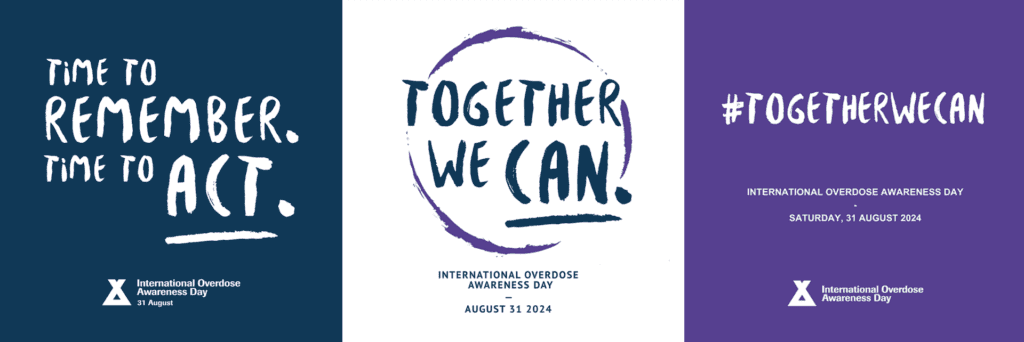
For more information on this year’s campaign, and for those who are able to take part in IOAD 2024 events, you can find both by visiting the link below:
Connective’s Role in the Crisis
At Connective, we are here for everyone—at every stage, in any circumstance. That includes those facing challenges like problematic substance use. In supporting these individuals, we practice harm reduction wherever possible.
Harm reduction is an evidence-based approach that provides people who use substances with a choice of how they will minimize harm. It acknowledges that individuals may not be able to remain abstinent from their substance of choice. Instead, non-judgmental and non-coercive strategies and tools are provided, to reduce the health and social harms associated with substance use.
Connective continues to practice harm reduction, with increased house checks and Naloxone training for staff. In 2023/24 staff also found new ways to respond to this crisis:
- In Vancouver, our ACES program partnered with Into Action, a recovery house for men with substance use challenges. Training was provided for participants to become peer workers, and in turn, support others on their recovery journey.
- At 405 Alexander, the emergency shelter in Whitehorse, Emergency Medical Services began offering onsite drug testing for residents and guests.
- In the Fraser Valley, Home Share staff acted quickly to secure additional, one-time outreach funding to support an individual through a period of crisis that involved heavy substance use.
- At the Northern BC Therapeutic Community, after assuming program operation, staff instituted a range of harm reduction policies where there had been none previously.
For more information on our efforts, including a deep dive into our Peer Stewardship Program in Mount Pleasant, and our advocacy efforts on behalf of community residential facility residents, read our latest Annual Report.
